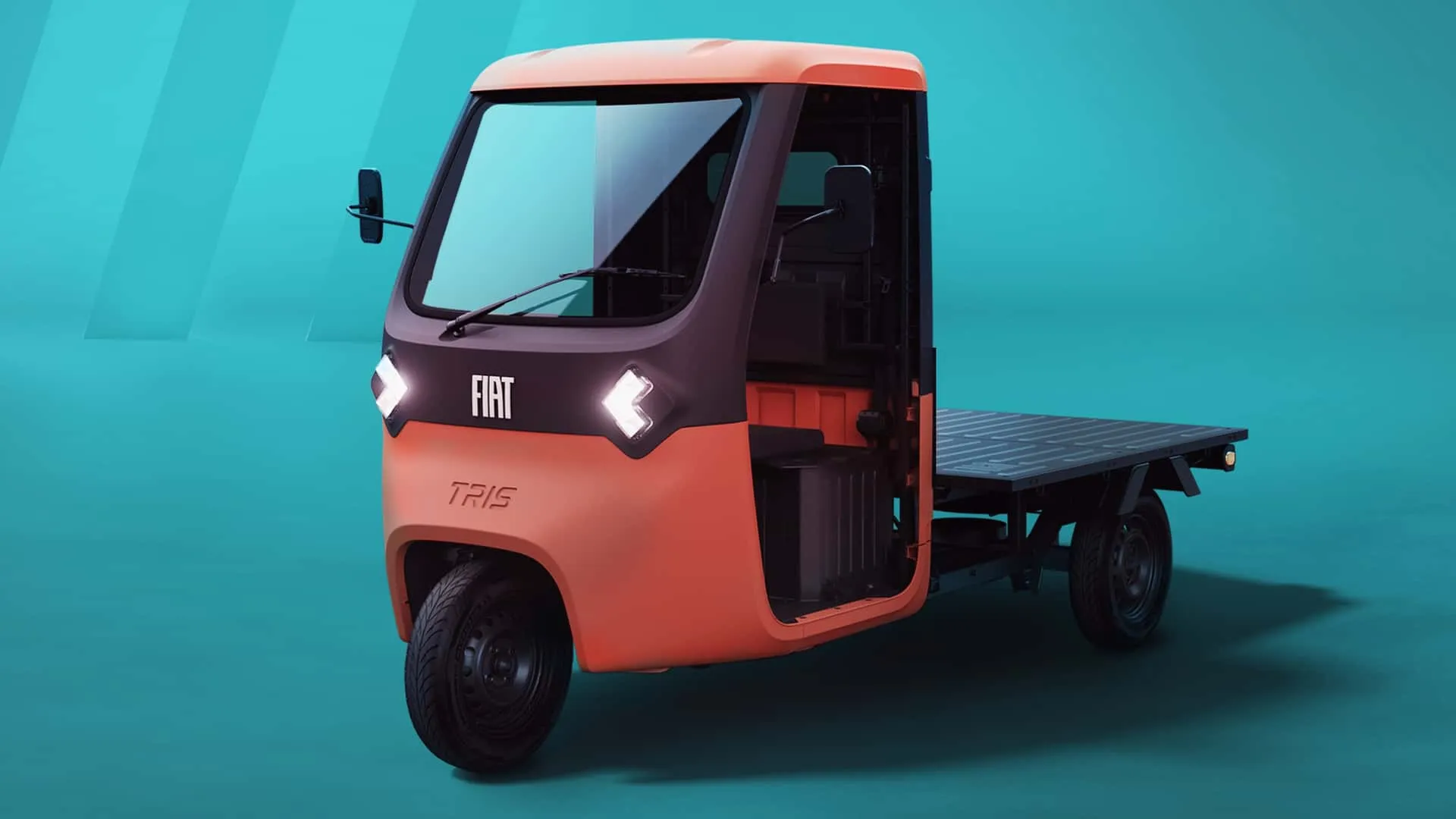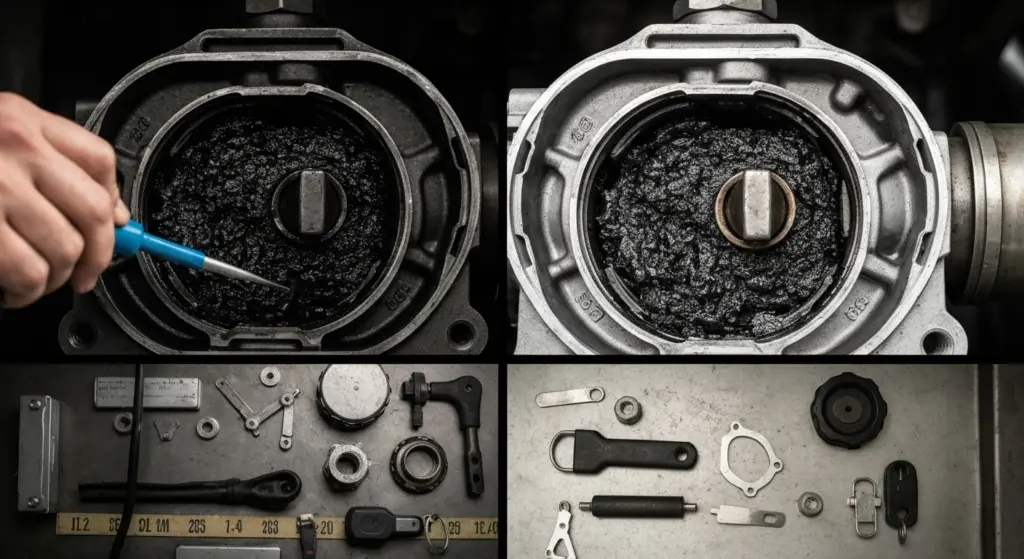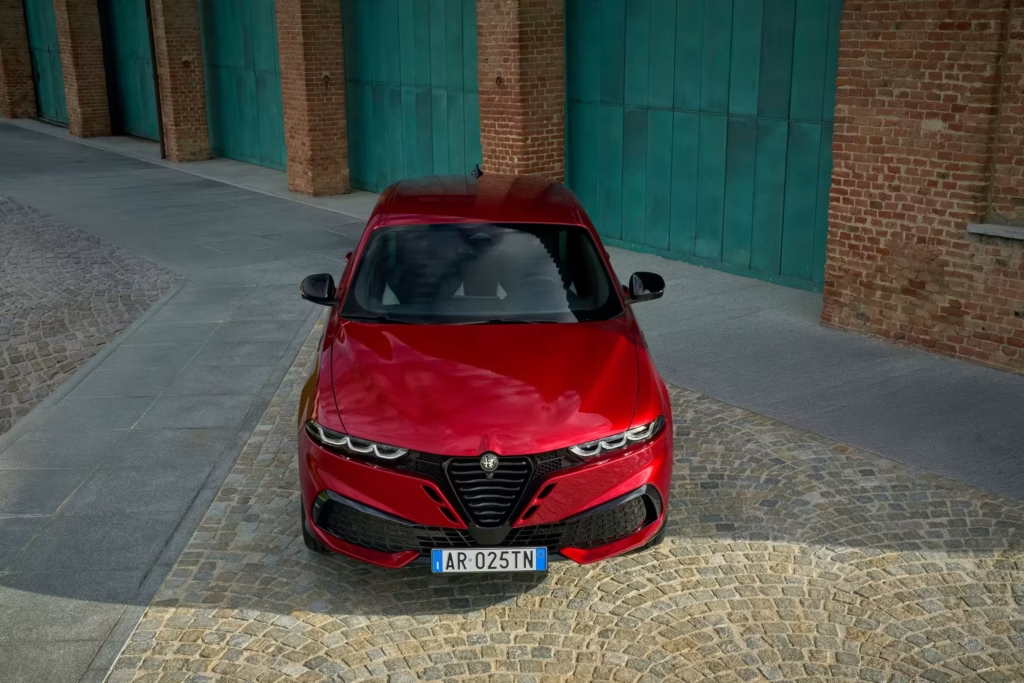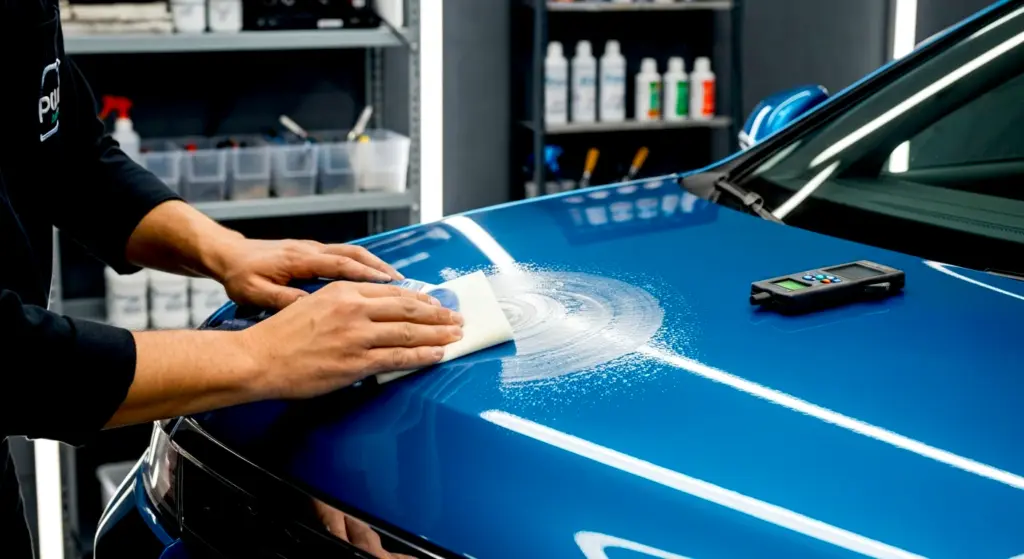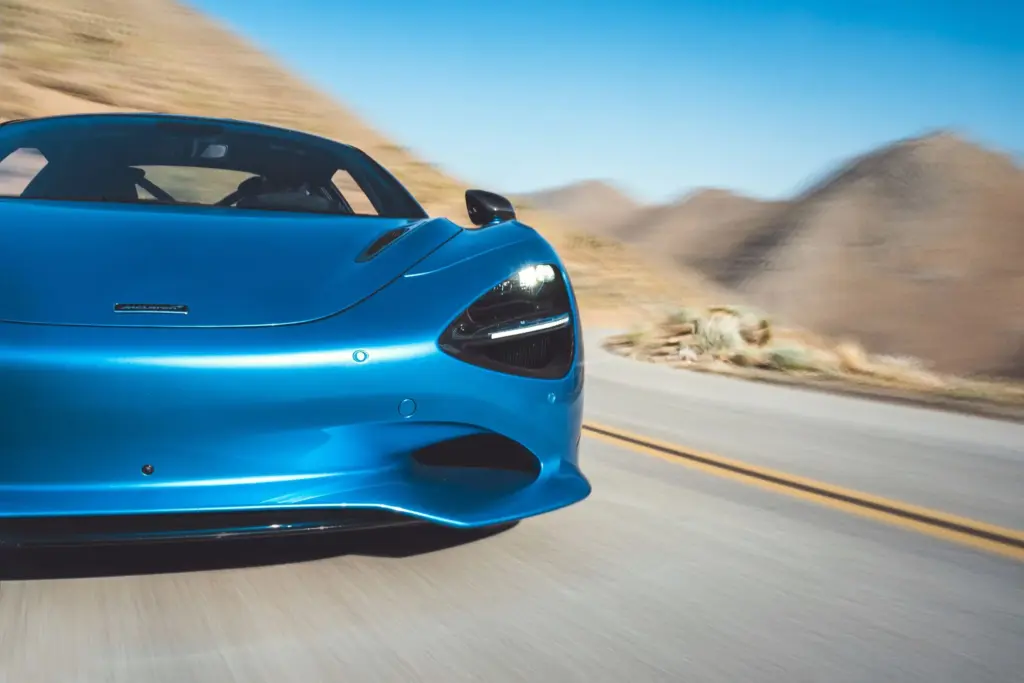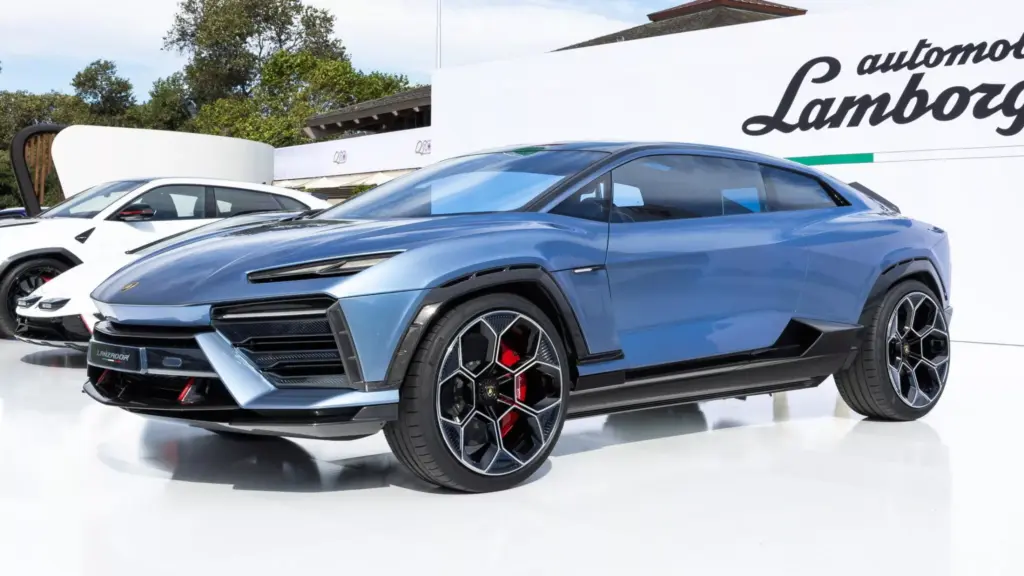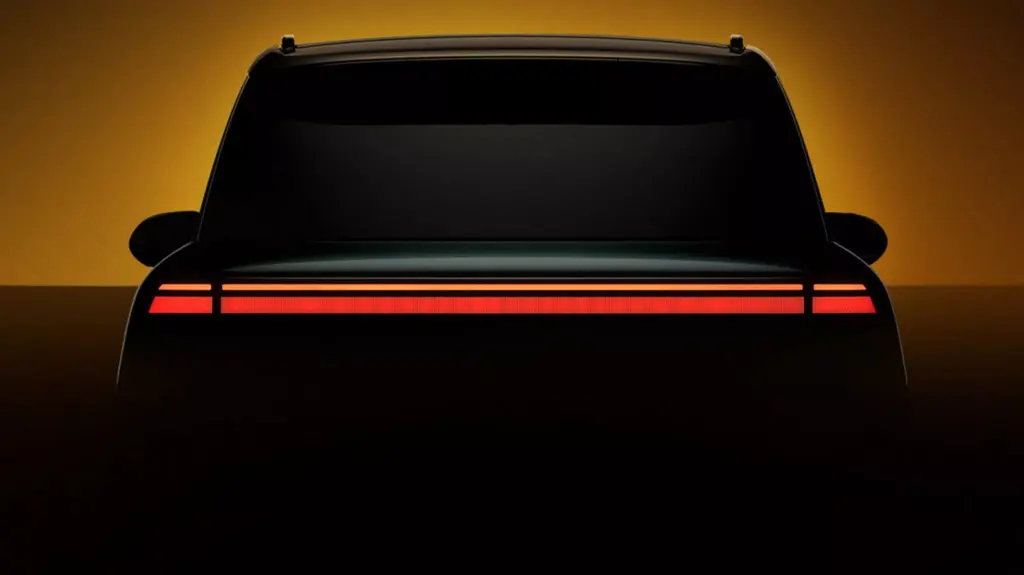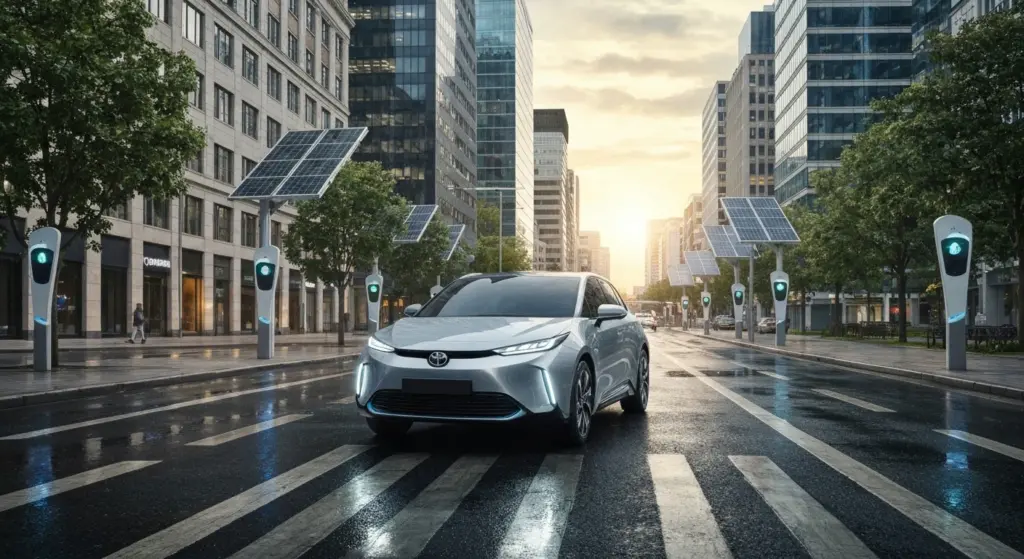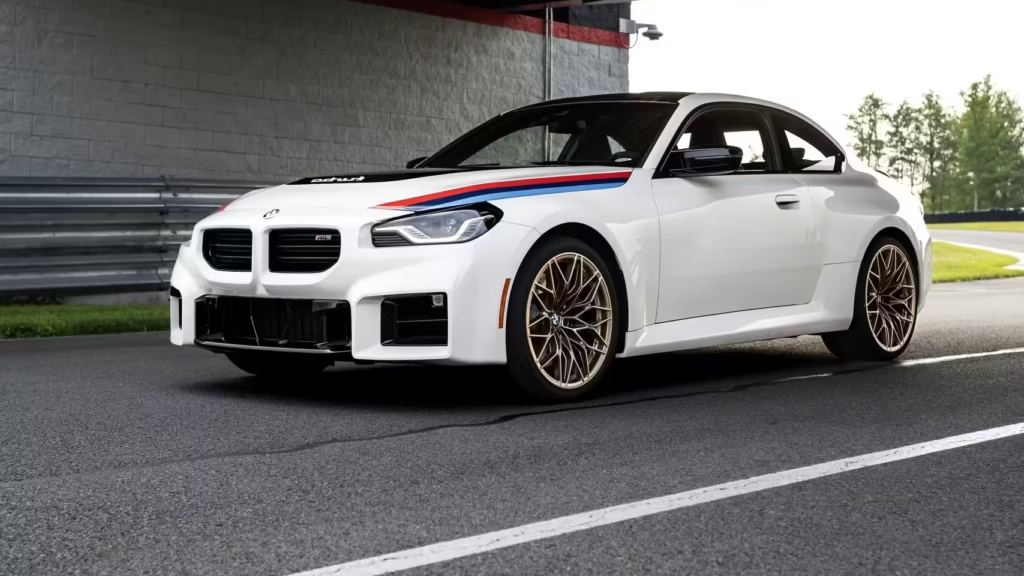Fiat Professional has just launched something that made me stop and think: the Fiat Tris. In an increasingly electric world focused on urban efficiency, the idea of a three-wheeled, compact, fully electric delivery vehicle makes tremendous sense. It’s an approach that brings back the charm of classic utility vehicles, but with the technology our time demands.
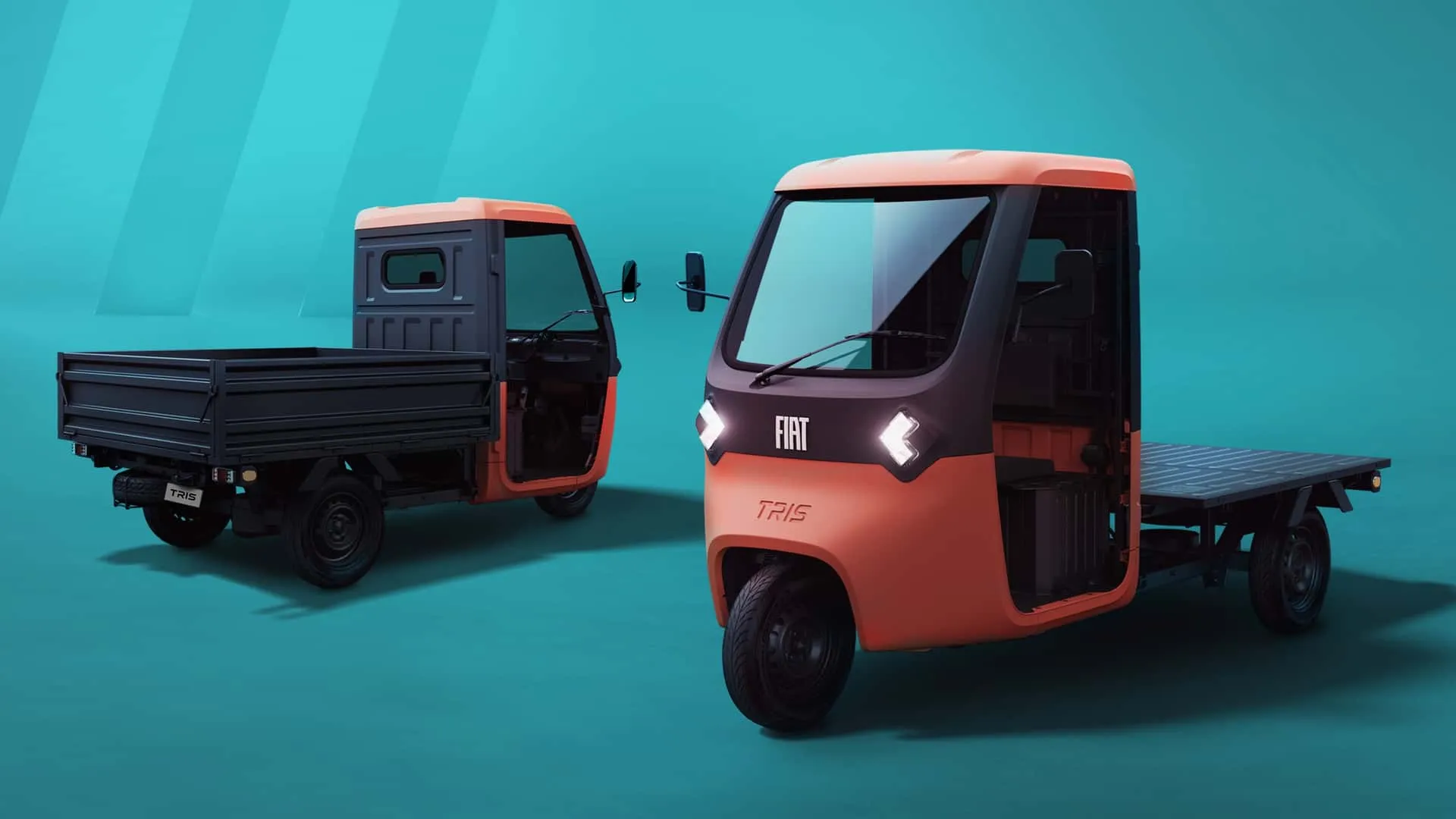
This remarkable little vehicle aims to transform last-mile logistics, especially in congested urban areas. Its simplicity and functionality seem to be key to success in markets where agility and operational costs are crucial. But why did Fiat bring back this classic idea?
What Is the Fiat Tris and Why Has It Appeared Now?
The Fiat Tris is a lightweight electric commercial vehicle designed specifically for transporting goods in urban centers. Inspired by the iconic Piaggio Ape, it updates the concept with a fully electric powertrain, aligning with growing demands for sustainable mobility.
Its initial focus on markets like Africa and the Middle East is no coincidence. These are populations with high density and charging infrastructure that, in many places, is still developing. An electric vehicle with simple charging and low maintenance costs becomes an extremely attractive solution in these contexts. The shift toward electric vehicles is in full swing, as we see with larger models like the Audi Q4 E-Tron 45 2025, but the Tris shows that electrification extends even to the most compact and utility-focused segments.
What Are the Numbers Behind This Little Giant?
Despite its compact size, the Fiat Tris impresses with its load capacity and efficiency for its intended use. It is homologated with a range of 56 miles (90 km) by the WMTC cycle, more than enough for most urban delivery routes.
Its 6.9 kWh lithium battery (based on the Fiat Topolino, adapted) can be charged from 0 to 80% in about 3.5 hours using a standard 110V household outlet, eliminating the need for special chargers. With its compact dimensions, it joins a growing family of urban electric vehicles like the BYD Dolphin Surf 2025, showcasing the versatility of electric mobility.
Key Specifications of the Fiat Tris:
- Type: Three-wheeled electric vehicle, ultralight utility.
- Range: 56 miles (90 km) (WMTC).
- Battery: 6.9 kWh lithium.
- Charging Time (0-80%): Approx. 3.5 hours (110V household outlet).
- Maximum Payload: 1,190 lbs (540 kg).
- Length: 10.4 feet (3.17 meters).
- Turning Radius: 10 feet (3.05 meters).
- Top Speed: 28 mph (45 km/h).
- Power/Torque: 9 kW / 45 Nm.
The 1,190-lb payload capacity is a remarkable strength for a vehicle of this size, outperforming many four-wheel competitors in its size category. This makes it ideal for transporting a wide variety of goods, from packages to fruit and light construction materials. As detailed in Stellantis’s official release and corroborated by publications like Top Gear, these numbers are designed for maximum efficiency in urban environments.
How Do Design and Features Make a Difference in the City?
The design of the Fiat Tris is purely functional, with an open (or semi-open, depending on configuration) cabin that facilitates quick entry and exit—essential for deliveries. The three wheels and incredibly tight 10-foot turning radius ensure exceptional maneuverability in narrow streets, alleys, and hard-to-reach areas where larger vans simply can’t fit.
It comes in various body configurations—chassis-cab, cargo bed, and pickup—which allows businesses of different types to tailor it to their specific needs. Whether for a small merchant, a food delivery service, or even as a mobile platform for services, the Tris adapts. The interior is simple but practical, featuring a 5.7-inch digital dashboard, USB-C, and a 12V outlet. Basic safety includes a three-point seatbelt and LED lighting. The integrated charging system is a standout feature, as you just need to plug in a standard cable to recharge, without relying on an external charging station. Sources like Jalopnik and The Autopian have highlighted its charm and practicality, describing it as a “cute” and robust solution.
Who Was the Fiat Tris Really Made For?
The primary target audience for the Fiat Tris is small business owners and logistics operators in emerging markets, with a strong focus on Africa and the Middle East. In those places, the need for an affordable, reliable, and easy-to-maintain work vehicle is huge. The Tris fits perfectly in this niche, offering a modern and eco-friendly alternative to traditional motorized tricycles or older, more polluting vehicles.

Besides its logistical function, Fiat views the Tris as a tool for social inclusion and economic empowerment. It can enable individuals and small cooperatives to start or expand their own transport and delivery businesses with a lower initial investment and reduced operating costs. Although focused on emerging markets, it speaks to the global need for electric work solutions, albeit on a much smaller scale than something like the Chevrolet Silverado EV Trail Boss 2026.
Where Is the Fiat Tris Already Operating and Where Could It Go?
Currently, the Fiat Tris is available in key markets in Africa and the Middle East. Production is centralized in Morocco, optimizing logistics for distribution in these regions. It’s a strategic launch aimed at meeting a specific and growing demand on these continents.
Despite the initial focus, strong hints and comments from Fiat leadership, including Olivier François, suggest that expansion into Europe is planned. The vehicle already comes with safety features compliant with European standards (such as a three-point seatbelt), which facilitates this future move. This shows that Fiat sees global potential for the concept, adapting it to the needs of each market.
Fiat Tris vs. Competitors: Is It Following in the Footsteps of the Legendary Piaggio Ape?
The comparison with the Piaggio Ape is inevitable and intentional. The Ape, with its nearly 80-year history, is an icon of compact and agile utility. The Fiat Tris inherits this legacy but projects it into the electric future.
When we compare it to icons of the past, like the Piaggio Ape, we see a natural evolution. Compact utility vehicles have their charm, and the Tris brings that to the electric era, much like the possible comeback of the Renault R4 4×4 in a modern guise.
In the world of electric urban mobility, we see various approaches, from compact cars like the 2026 Electric Nissan Micra to more load-focused solutions like the Tris. While the original Ape was based on Vespa scooters and ran on combustion engines, the Tris is a modern electric platform from the start. It fills a niche similar to the Ape’s essence, but with zero emissions and greater focus on technology and practicality for daily work.
Quick Comparison: Fiat Tris vs. Piaggio Ape (Recent Models):
- Propulsion: Tris (Electric) vs. Ape (Combustion, Diesel/Gasoline).
- Emissions: Tris (Zero) vs. Ape (Emitting).
- Charging: Tris (Household outlet) vs. Ape (Fuel station).
- Technology: Tris (Digital dashboard, USB) vs. Ape (More analog).
- Recent Market Focus: Tris (Africa/Middle East) vs. Ape (Global history, focused on specific markets, discontinued in Europe in some versions).
My impression is that the Fiat Tris is an extremely smart move by Fiat Professional. It doesn’t try to compete with large electric vans or trucks but instead aims to dominate the niche of quick and agile deliveries in congested areas, especially where infrastructure is still a challenge. Its simplicity combined with electric efficiency and payload capacity makes it a powerful and accessible work tool. It’s an honest vehicle focused on solving a real problem, and I foresee it having a significant impact in the markets where it’s launched.
Frequently Asked Questions About the Fiat Tris:
- What is the actual range of the Fiat Tris? The Fiat Tris has a certified range of 56 miles (90 km) (WMTC cycle), ideal for short and frequent urban routes.
- What is the maximum weight the Fiat Tris can carry? The maximum payload capacity of the Fiat Tris is 1,190 lbs (540 kg).
- How long does it take to charge the Fiat Tris’s battery? It can be charged from 0 to 80% in about 3.5 hours using a standard 110V household outlet. A full charge takes approximately 4 hours and 40 minutes.
- Will the Fiat Tris be sold in Europe? Currently, it’s available in Africa and the Middle East. There are indications it may launch in Europe in the future, but no official confirmation yet.
- What type of use is the Fiat Tris best suited for? It’s ideal for last-mile deliveries in urban areas, small load transport, and as a work vehicle for small businesses that need agility and low operational costs.
What do you think about the Fiat Tris? Do you believe it could be a viable solution for urban deliveries? Leave your comment below!
Author: Fabio Isidoro
Founder and editor-in-chief of Canal Carro, he dedicates himself to exploring the automotive universe with depth and passion. A car and technology enthusiast, he produces technical content and in-depth analyses of national and international vehicles, combining quality information with a critical eye for the public.

